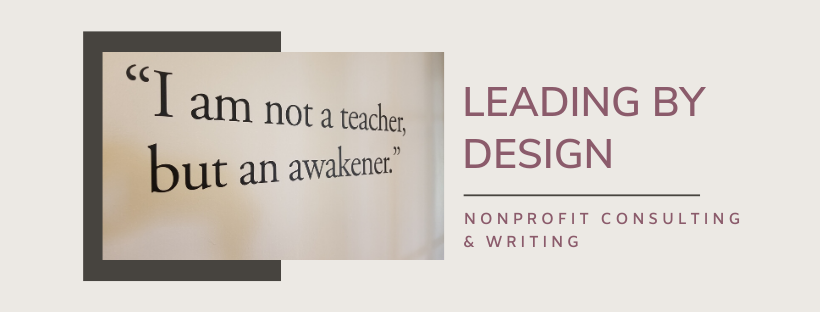MY TITLE IS A QUOTE FROM Nelson Layag of CompassPoint, who commented on Rosetta Thurman's post about the future of nonprofit service/professional organizations. The whole discussion struck a chord with me, but that quote just leapt off the screen. (The Andy Warhol quote I found on flickr is no slouch either.) If there's ever a time for nonprofits to seek new approaches and opportunities, I think this is it. Much of what we've depended upon to sustain us -- audiences, donors, programs, endowments, networks -- are now dwindling or shifting or are far too narrow or shallow. To approach planning for the next year or two with the idea that more of the same, but implemented with fewer resources, is somehow a sustaining tactic just seems like so much whistling in the dark.....or spitting in the wind. This morning I read about the perils of a west coast history museum that now, after more than two years of trying to sustain the loss of significant local government fun
